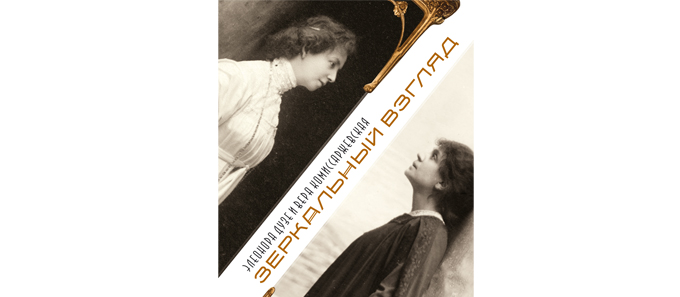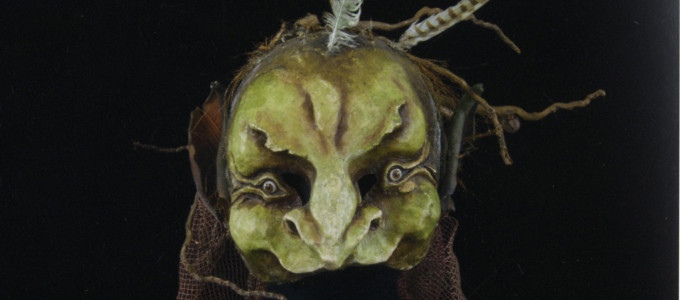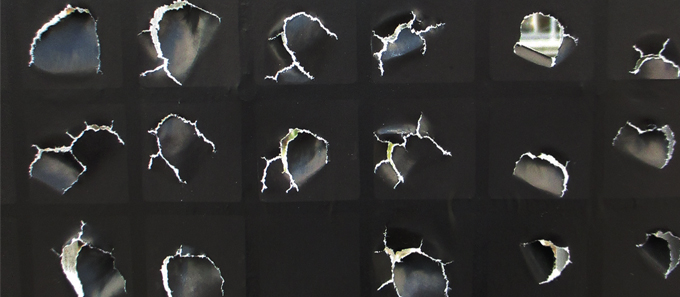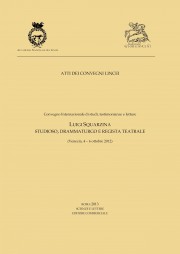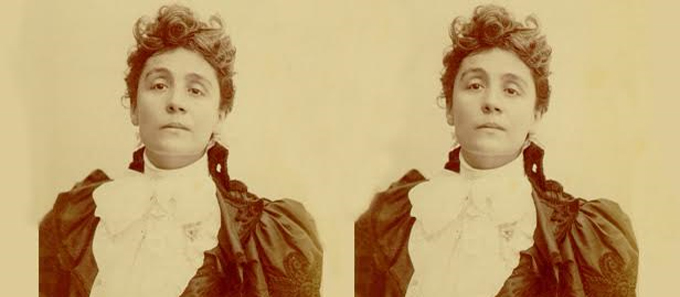The Fondazione Giorgio Cini Duse Archive in Moscow
From Thursday 24 November, the Centre for Study and Documentary Research into European Theatre and Opera of the Fondazione Giorgio Cini is showing a selection of precious documents from the Duse Archive in a fascinating exhibition entitled Eleonora Duse and Vera Komissarzhevskaya. Two Divas in the Mirror.
The exhibition is open to the public from 25 November until 8 January 2017 in the State Central Museum of Contemporary History of Russia, Moscow (Tverskaya, 21).
The exhibition explores the links between the great Italian actress Eleonora Duse and her Russian counterpart Vera Komissarzhevskaya, a contemporary who was often likened to Duse. The exhibition compares the lives and art of these two leading ladies of the European stage at the turn of the 19th and 20th centuries (they actually met in St Petersburg in 1896 and enjoyed relations of considerable mutual respect).
Maria Ida Biggi, director of the Theatre and Opera Study Centre, and Marianna Zannoni, a researcher at the Centre, have curated the section devoted to Eleonora Duse (1858-1924), which reconstructs the world of the great Italian diva through her autograph writings, photographs and other memorabilia. The exhibition is further enhanced by a selection of Duse’s beautiful costumes and dresses made in the early 20th century by leading fashion designers, such as Mariano Fortuny and Paul Poiret.
In the course of her career Eleonora Duse often performed abroad and was resoundingly acclaimed wherever she went. Of her foreign tours, those to major Russian cities (1891, 1896 and 1908) were particularly successful and enable us to chart the development of her performing practice and her rise to fame. Her Russian admirers produced dozens of reviews and personal accounts. In 1891 Anton Chekhov wrote to his sister: “I have just seen the Italian actress Duse in Shakespeare’s Cleopatra. I have no Italian but she performed so well that I seemed to understand every word: what a marvellous actress!” Other leading figures from the world of theatre who expressed their admiration included the directors Vsevolod Emilevich Meyerhold and Konstantin Sergeyevich Stanislavsky, who claimed to have been inspired by Duse when he created the Moscow Art Theatre.
The exhibition also includes a showing of Cenere (Ash, 1916), the only film starring Eleonora Duse, who also collaborated on the script and direction. Based on the homonymous short short by Nobel prizewinner Grazia Deledda and produced by the Ambrosio studios in Turin, Cenere has recently been restored thanks to funding from the Veneto Region.
The section of the exhibition dedicated to Vera Komissarzhevskaya (1864-1910), curated by Dmitry Rodionov of the Bakhrushin State Central Theatre Museum, Moscow, consists of documents, photographs and objects that belonged to the Russian actress.
The exhibition is completed by a multimedia display curated by the Centre of Studies of Russia Arts (CSAR), Venice, specially designed for the spaces of the Moscow exhibition and based on iconographic documents and materials from the Fondazione Giorgio Cini Theatre and Opera Study Centre and various Russian museums.
The exhibition, Eleonora Duse and Vera Komissarzhevskaya. Two Divas in the Mirror, has been organised by major Italian and Russian institutions and museums, including the Ministry of Culture of the Russian Federation, the State Central Museum of Contemporary History of Russia, the Italian Institute of Culture, Moscow, the Centre for Study and Documentary Research into European Theatre and Opera of the Fondazione Giorgio Cini, Venice, the Centre of Studies of Russia Arts at Ca’ Foscari University, Venice, the Bakhrushin State Central Theatre Museum, Moscow, the St Petersburg State Museum of Theatre and Music, and the Centre of Film Festivals and International Programmes, Moscow.



